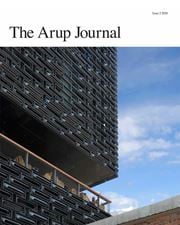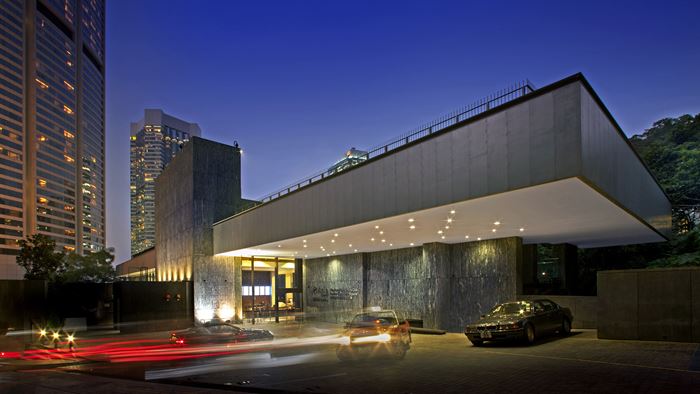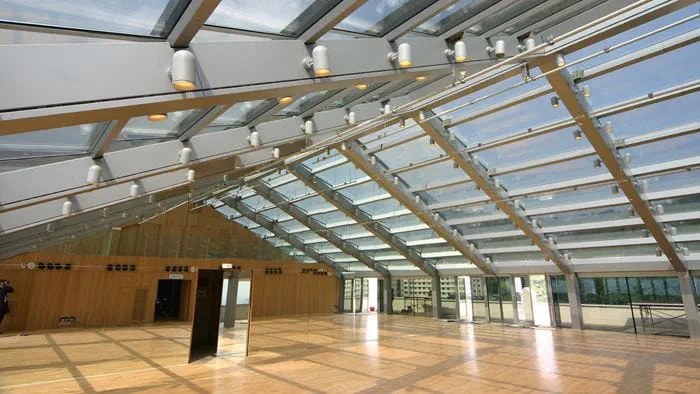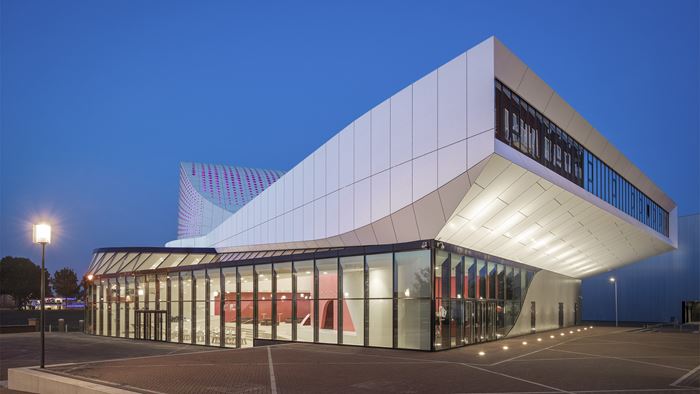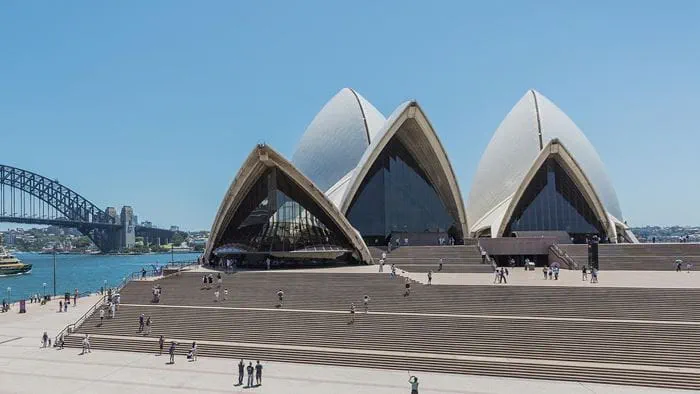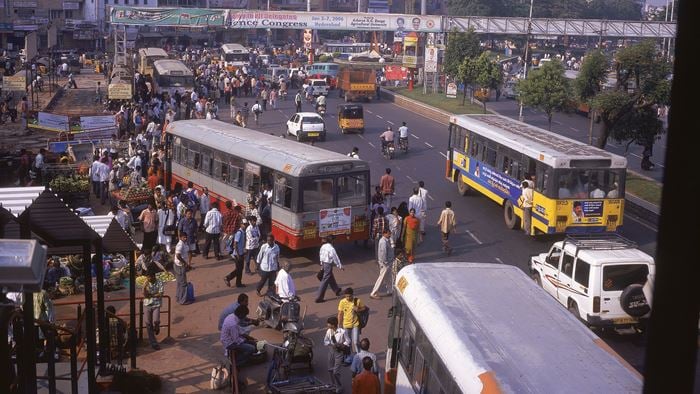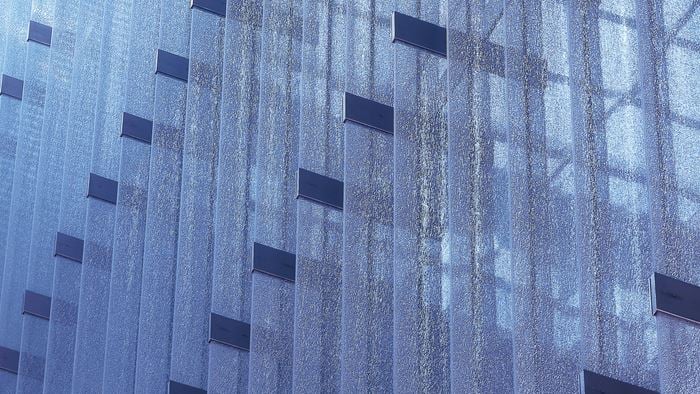Tai Kwun – Centre for Heritage and Arts is Hong Kong’s largest ever historic building revitalisation project, transforming the city’s former Central Police Station compound, with its 170 years of history, into a new art and cultural centre. After more than a decade in transformation, the centre is now opened to the public.
Tai Kwun, or Big Station, is the colloquial name of the once closed compound. The name has been adopted as a reminder of the historical importance of the site. Standing in sharp contrast to the surrounding commercial towers, Tai Kwun today provides a rare ‘courtyard’ in the middle of one of the densest cities in the world where the public can enjoy scenery, tranquillity and the city’s heritage.
Arup has been involved in the project since 2007, providing multidisciplinary engineering services covering structural, civil and geotechnical engineering as well as façade, lighting, fire, materials and security consultancy.
Project Summary
170 years of history
16 historic buildings were retained, repaired and strengthened for adaptive re-use
2new blocks – JC Contemporary and JC Cube
Led by The Hong Kong Jockey Club in partnership with the Hong Kong Government, the project covers conservation of 16 historic buildings on a site comprising three declared monuments (Central Police Station, Central Magistracy and Victoria Prison) and the addition of two iconic buildings designed by Swiss architects Herzog & de Meuron.
Through seamless collaboration between the local team, our London office and specialist conservation architect Purcell, and with support from local approval authorities, we have successfully retained, repaired and strengthened these unique historic buildings for adaptive re-use. Overall stability of these buildings has been enhanced with minimal and reversible structural interventions – setting a benchmark for future revitalisation projects in Hong Kong.
Adaptive reuse of heritage fabric
With no record drawings nor construction information about the existing buildings, we started by investigating the form, condition and strength of the existing structural elements, including historic brickwork, timber, concrete and steel. During investigation works we discovered an unusual type of reinforcement inside the concrete floor slabs taking the form of two or three 5mm diameter wires twisted into bundles.
At the material testing laboratory, samples of these twisted wire reinforcement were demonstrated to have similar tensile strength to modern reinforcing bars. Using a “first principles” engineering approach combined with statistical analysis of the test data and appropriate design factors, we proved the technical viability of reusing the existing slabs with twisted wire reinforcement to the authorities and avoided extensive recasting of floor slabs in both the Police Headquarters Block and the Central Magistracy.
Conservation with sympathetic structural enhancement
As most of the existing buildings were built by local builders following the limited codes and regulations that were in place at the time of construction, inevitably our engineered approach to the assessment of existing buildings has led to some requirements for structural enhancement.
Because of the wide range of existing building forms and materials our Hong Kong structural team took a case-by-case approach in collaboration with the London Advanced Technology and Research team.
One of the prison buildings, D Hall, was a significant surviving portion of an original radial prison built between 1858 and 1862.
The ground floor in the west wing of the hall featured an elegant space featuring a brick vaulted ceiling and arched colonnade. However, our assessment of the arched brick piers showed that they were of limited capacity. In order to avoid internal framing which would ruin the vaulted ceilings, we designed plated steel arches which fit snugly underneath the brick arches to enhance overall capacity of the perimeter walls.
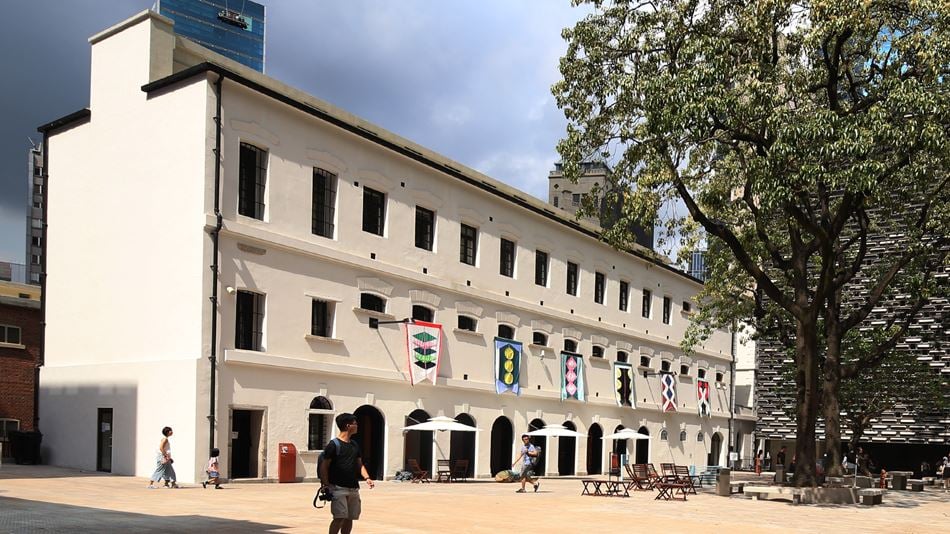

New buildings with bespoke façades
Two new buildings, JC Contemporary and JC Cube, were added to provide space for exhibitions and performing arts. The new blocks rise above the historic boundary walls and create new gathering spaces below, including a covered outdoor performance space under JC Cube.
The column-free galleries have been realised using a system of perimeter steel trusses which cantilever from a central reinforced concrete core. Two separate ‘boxes’ house up to 7m high gallery floors and a self-standing concrete spiral staircase forms a strong visual element that draws visitors up from the entrance.
A bespoke cast aluminium brick façade wraps the new buildings. The aluminium bricks were made from 100% recycled alloy wheels and echo the scale of the existing granite wall over which the new buildings emerge.
The interlocking modules of bricks span between vertical members of the perimeter trusses. Mock-ups were tested for wind loading and approved by the authorities.
Innovative foundation solutions
At the site, bedrock was only encountered at a depth of 80m or deeper, which posed challenges for the end-bearing piles. In view of the very deep rockhead level and the proximity to existing heritage buildings, we pioneered the use of shaft-grouted friction H-piles in pre-bored holes as the foundation solution for the new buildings. The adjacent F Hall, a two-storey steel frame with brick piers and shallow pad footings, was underpinned by shaft-grouted friction mini-piles.
A two-stage grouting process was used to enhance ultimate skin friction of the pile shaft in the completely decomposed granite stratum. This non-percussive piling method was used to keep to a minimum any vibration or disturbance to the existing historic buildings on shallow footings nearby.

The art of lighting
Our lighting design for Tai Kwun is intrinsically integrated with the architecture and finishes to help weave together the various forms and spaces.
For the two new blocks, our lighting design makes full use of the aluminium bricks to express the texture of the façade while providing functional light to these areas. On the roof of JC Contemporary, the aluminium façade takes on a further functional form, morphing into a solar shading grid designed specifically for the site to protect the top-floor gallery from direct sunlight.
JC Cube houses an 8m high multipurpose auditorium space, over which is an accessible technical grid. Consistent with the overall theme of integrating the lighting and filtering light through the architectural fabric, the house lighting for this space is located above this grid, shining through to give a soft, general light to the space below. The glowing ‘halos’ of light that this creates on the grid are then referenced by spherical cast-glass LED pendant lighting in the adjacent auditorium lobby, visually connecting these spaces together.
The lighting scheme for the public routes and spaces was designed to have minimal impact on the surrounding heritage facades while lifting these areas at night. It uses simple, low-impact, tightly controlled façade-mounted floodlights to light the paths and to give a warm embrace of light to the two main outdoor spaces: The Prison Yard and The Parade Ground.
Inside the gallery space, the ceiling is characterised by a stretched diffuse membrane to filter the incoming daylight and create a serene ambient light for the exhibitions within, keeping daylight levels to a controlled range and addressing art conservation concerns. At night, electric lighting above the membrane takes over, maintaining the ceiling glow in place of daylight.
Managing fire safety
Using a fire engineering approach, our fire engineers have successfully preserved the historical elements without compromising the safety of the buildings.
In the Police Headquarters Block and the Central Magistracy, it was not feasible to modify the existing escape staircases to fulfil the prescriptive requirements in terms of staircase and exit widths. We proposed a number of enhancements including provision of smoke detection. Based on the new occupant loads and enhancements, evacuation analysis was conducted to compare the evacuation time under a code-compliant design and the proposed design. This demonstrated that people can leave the building quicker under the proposed design because of the early warning by fire detection and good fire safety management. As a result, the original fabric of historic staircases has been retained.
In B Hall and E Hall, former prison halls of Victoria Prison, connections between floors were provided by internal circulation staircases. Prescriptive code requirements would result in fixed barriers of not less than 450mm suspended from the underside of the ceiling round the stair voids, to ensure formation of a hot smoke layer for active sprinkler protection adjacent to the openings. Due to conservation considerations, neither fixed smoke barriers nor automatic smoke curtains were desirable. To overcome this constraint, fast-response sprinkler heads were proposed, and computational fluid dynamics (CFD) modelling was conducted to estimate the activation time of these sprinkler heads.
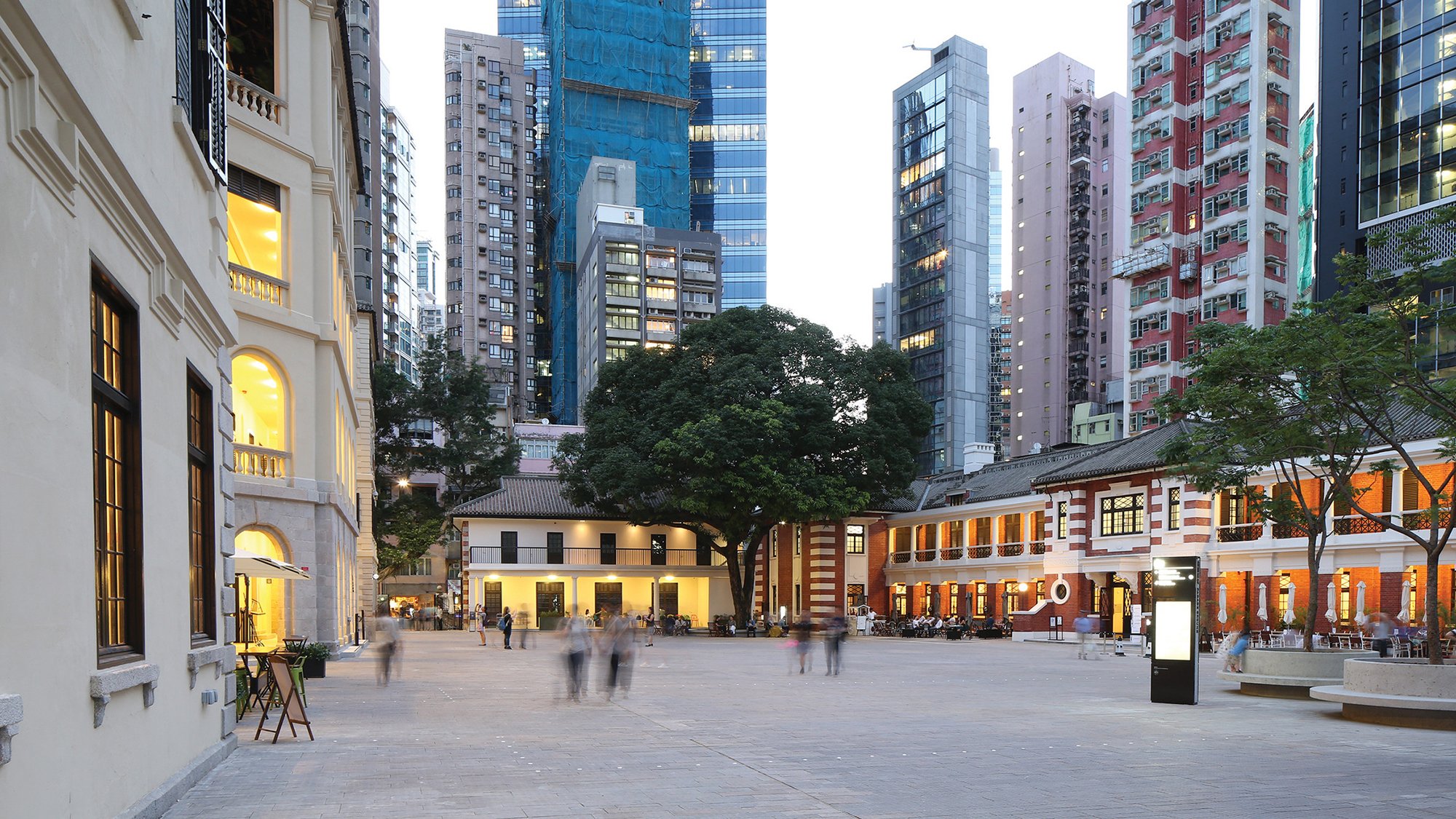 ;
;

